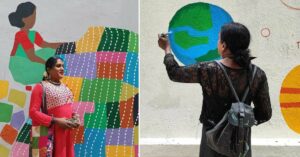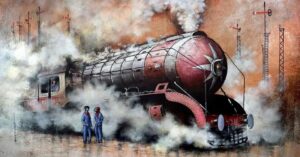TBI Blogs: Meet the Man Keeping the Prehistoric Art of Bone-Carving Alive in Rural Uttar Pradesh
Despite challenges of several kinds, a 70-year-old man is credited with keeping the art of bone carving still alive in the Barabanki region of Uttar Pradesh. Nishita Banerjee recently met him and learned about his craft and trade.

Despite challenges of several kinds, a 70-year-old man is credited with keeping the art of bone carving still alive in the Barabanki region of Uttar Pradesh. Nishita Banerjee recently met him and learned about his craft and trade.
Abrar Ahmad, wearing his crisp white kurta, says that he was the first one to introduce bone carving in Mailaraihanj, a small village in the Barabanki district of Uttar Pradesh. There is no one in the village who can refute his claim. He lives in a small house with a brick kiln roof which holds several valuable mentions in the history of handicrafts in India, including the State Handicraft Award that he won in 2009.
The art of bone carving goes back to time immemorial. It is considered to be an important pre-historic art, which marks the domestication of human beings. It all started with using bones and ivory as hunting tools in prehistoric days.
Over the centuries, using bones for tools has been replaced with using bones for artefacts in contemporary times, due to the availability of more sophisticated weapons, and a ban on poaching of animals.
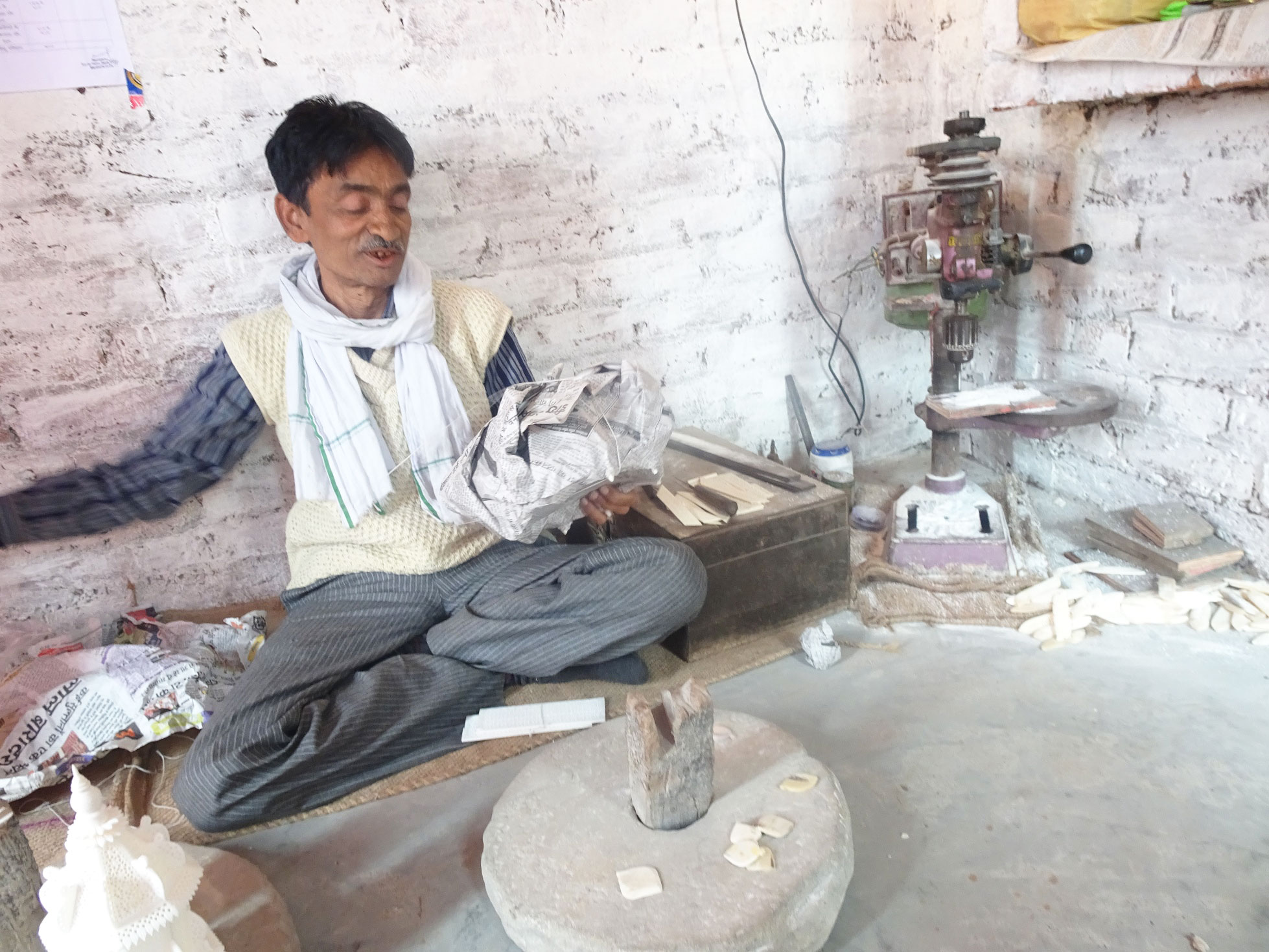
The process of bone carving involves intricate hand-eye coordination, and there are several layers to the process before it finally transforms into a decorative craft item. From making his own carving tools, called titli, to maintaining extreme precision while carving, Ahmad shows sheer dexterity and nothing else. Without the use of any graphs or machines, he makes a masterpiece every time.
In Barabanki, he says, most designs are inspired by the Awadhi architecture, which comprises of jali work and bel-patti. Bones and horns—extracted from animals that have naturally died—are first beaten and given shape.
Ahmed then carves them using different tools, gluing each piece to another, and eventually creating a decorative item, such as a lamp, or even a jewellery box.
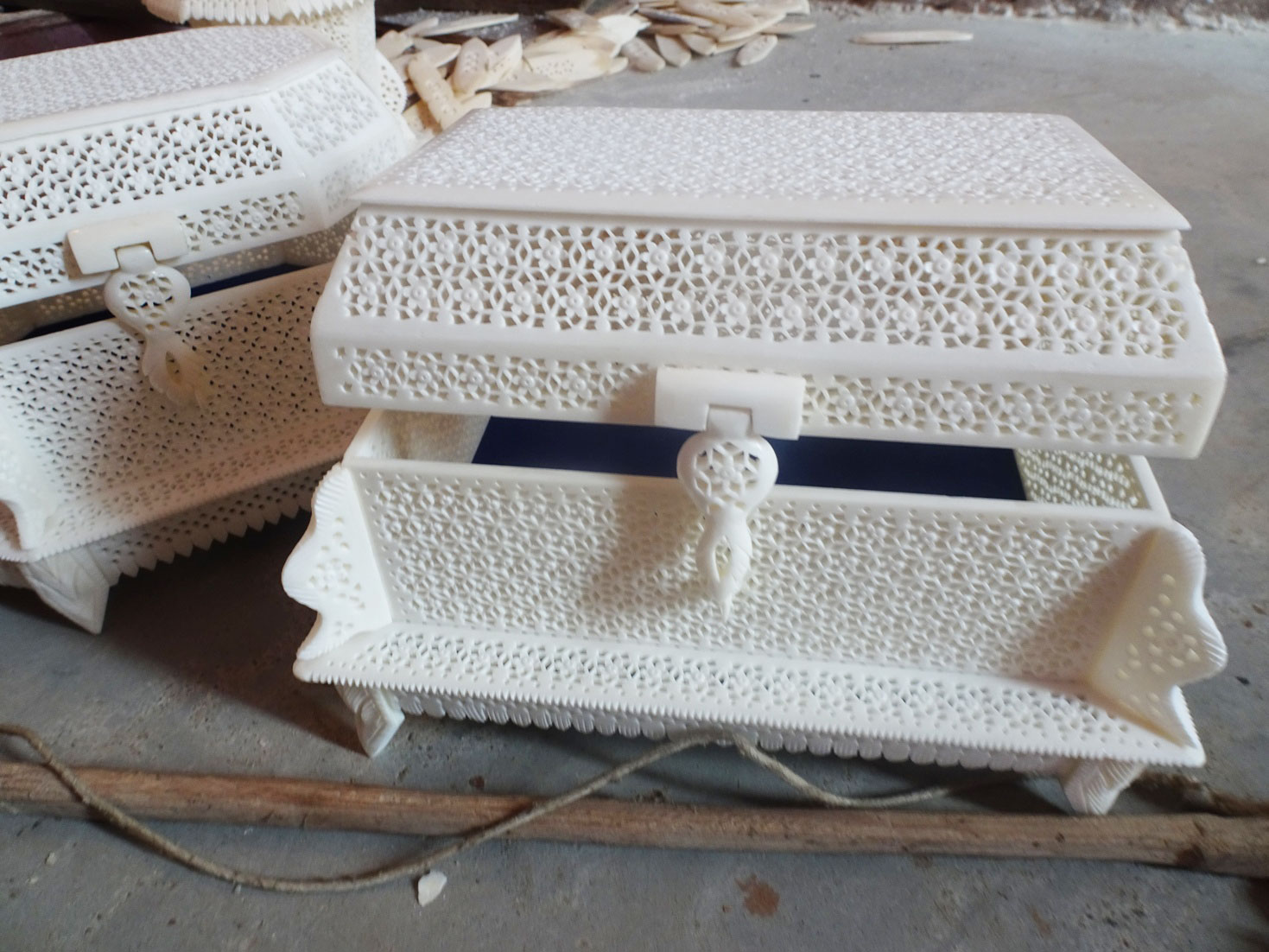
Today, people know Mailaraiganj village for Ahmad’s karkhana (workshop). Often, “Ustaad Sahab”, as the villagers popularly call him, even hosts craft tourists at his house. Recently, even the State Ministries of Minority Affairs and Handicrafts recognised the efforts of Ahmad. In his 70-year life, he has spent more years in bone carving than in anything else, yet he earns less than a daily wage labourer.
The demand for products has fallen tremendously over the years. The nature of the market and the tastes of people have also changed. With reduced last-mile reach, not every craftsman has direct access to fairs, exhibitions, and bigger markets, and so profits are becoming smaller by the day. This is the reason that many from the younger generation are no longer willing to take up bone carving, and many other crafts-based vocations.
With smartphones in hand, people in cities prefer to shop online with ease, even if they are paying three times more than the value of the product.
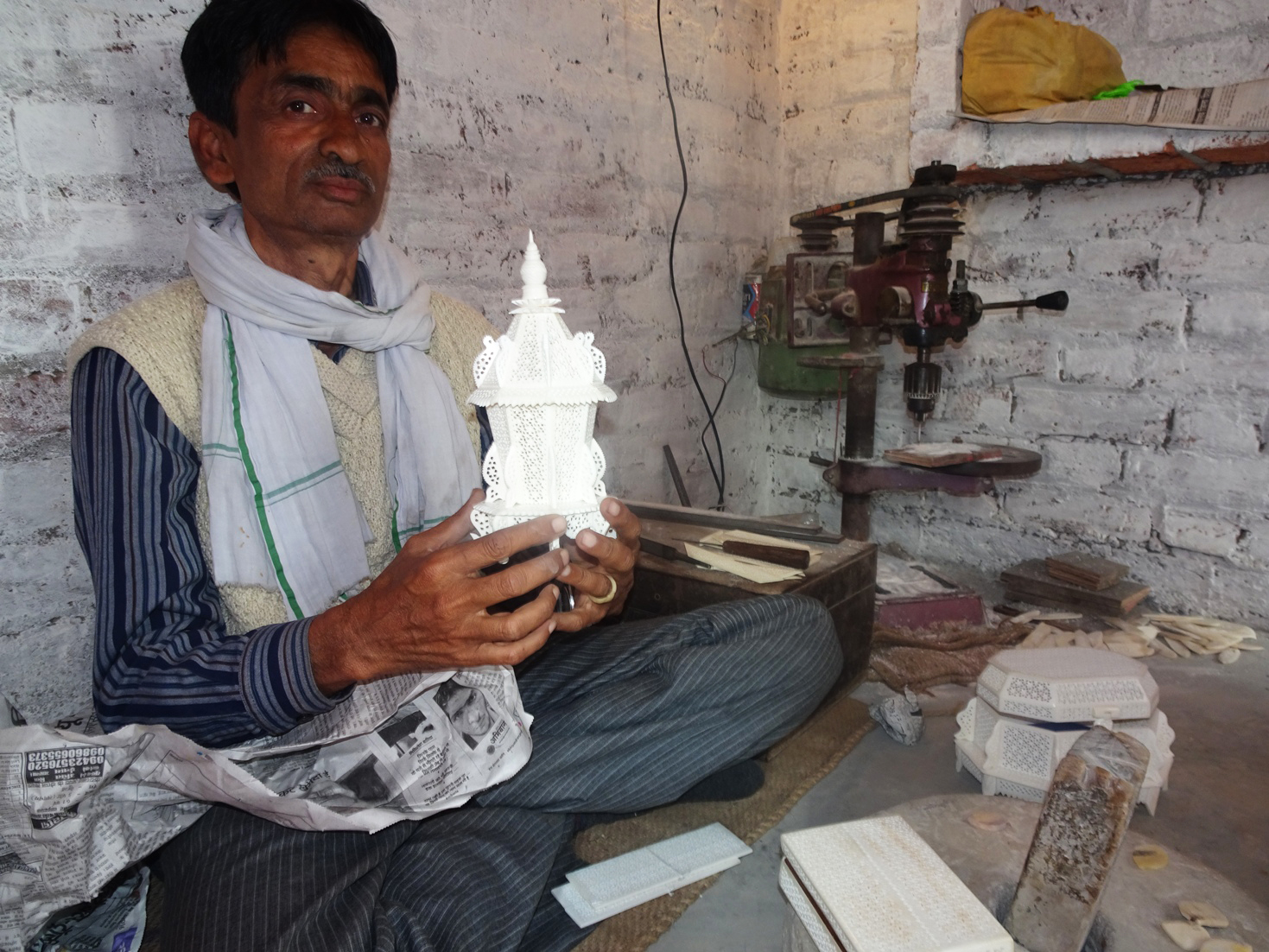
However, Ahmad believes that his art is going to mark a comeback in the market.
Under the Upgrading the Skills and Training in Traditional Arts/Crafts for Development (USTTAD) Scheme, Ahmad has initiated a training centre for young artisans. He has selected more than 50 students across the district to train. The Digital Empowerment Foundation will now train him in using digital tools to carve with even better precision. He’ll also learn how to experiment with designs, and use social media channels and eCommerce portals to sell products online.
Images sourced from Vimages.
(The author is a Gandhi fellow, and an alumna of Lady Shri Ram College, New Delhi. At DEF, she works with handloom weavers and craftsmen to introduce digital interventions in their vocations, in an effort to revive traditional art & craft and improve their livelihood.)
Help DEF make digital tools available to marginalised rural populations of India by donating your old devices here.
Like this story? Or have something to share? Write to us: [email protected], or connect with us on Facebook and Twitter.
NEW: Click here to get positive news on WhatsApp!
This story made me
- 97
- 121
- 89
- 167
Tell Us More
We bring stories straight from the heart of India, to inspire millions and create a wave of impact. Our positive movement is growing bigger everyday, and we would love for you to join it.
Please contribute whatever you can, every little penny helps our team in bringing you more stories that support dreams and spread hope.







